Heavy Metal Removal for Effluent Treatment
The mining and processing of basic metals relies on water as a medium for transport. Metallurgical ores are ground, concentrated, leached and refined in an aqueous medium. Water is used for temperature control during processing and in air pollution abatement during smelting. Treatment Technology The water and wastewater treatment technology required to meet treatment requirements […]
Design of Ponds and Embankments – Cyanide
Most existing impoundment ponds and dams leak effluent into the soil or rock upon which they are constructed. However, proposed environmental legislation will require very stringent control on the release of toxic effluents such as cyanide. More exacting investigation, design, and construction techniques than have been used in the past will be required to satisfy […]
Partially Saturated Zone Beneath Tailings Impoundments Seepage
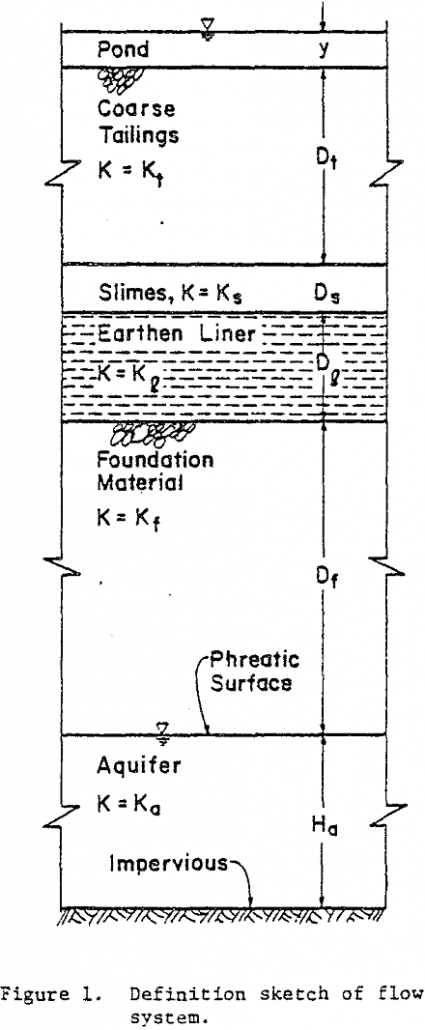
Conventional analyses of seepage through saturated media do not apply when tailings impoundments are located above a partially saturated zone. Three stages of seepage are identified and methods for estimating the seepage rates and duration of each stage, based upon flow in partially saturated and saturated porous media, are demonstrated. The effectiveness of earthen liners […]
Effect of Abandoned Mines and Tailings on Water Quality
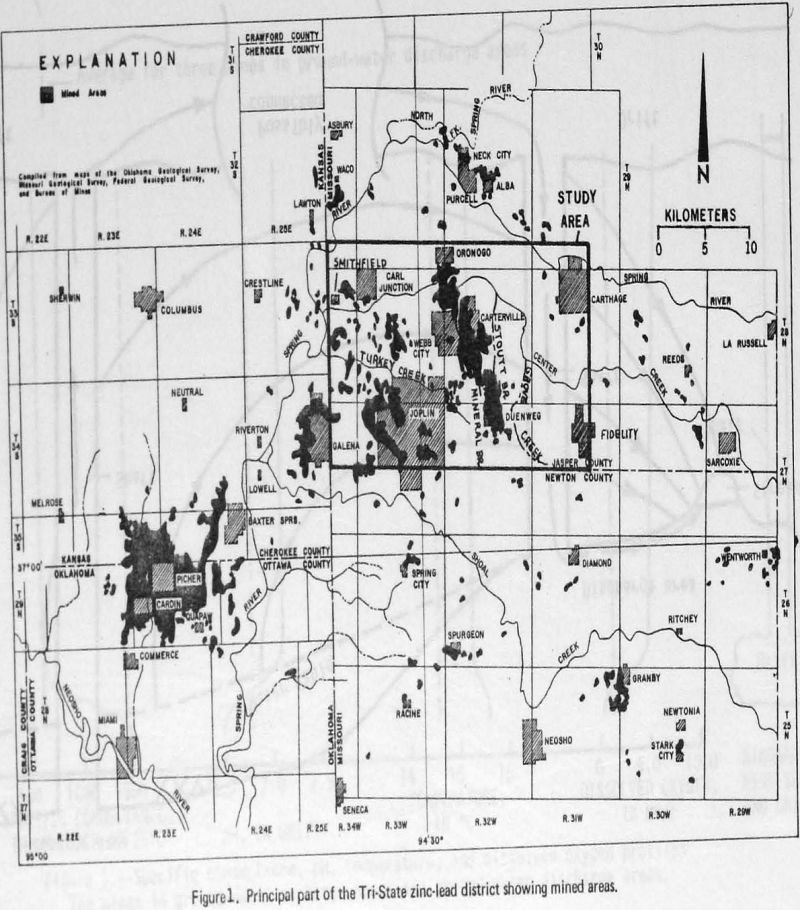
Dissolved zinc concentrations averaged 9,400 µg/L (micrograms per liter) in water from abandoned lead and zinc mines, some of which discharge at the surface. Contamination of the shallow aquifer by the highly mineralized mine water is limited to the immediate mining area. The quality of water in the deep aquifer is generally excellent and unaffected […]
How to Treat Water Containing Cyanide
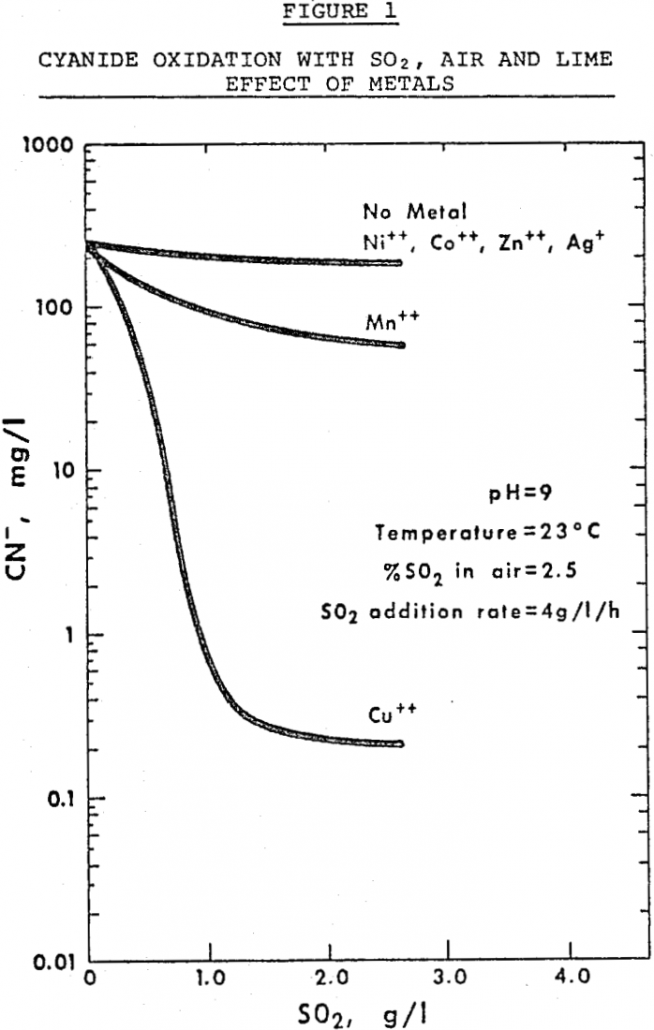
Metallurgical processes involving the use of cyanide such as gold cyanidation, metal plating and flotation, generate effluents containing cyanide and cyanide in complex combinations with heavy metals in quantities exceeding those regarded as being safe for discharge into streams. A new, inexpensive method for removal of cyanide, combined cyanide and related species from wastewaters has […]
Control Acid Mine Drainage
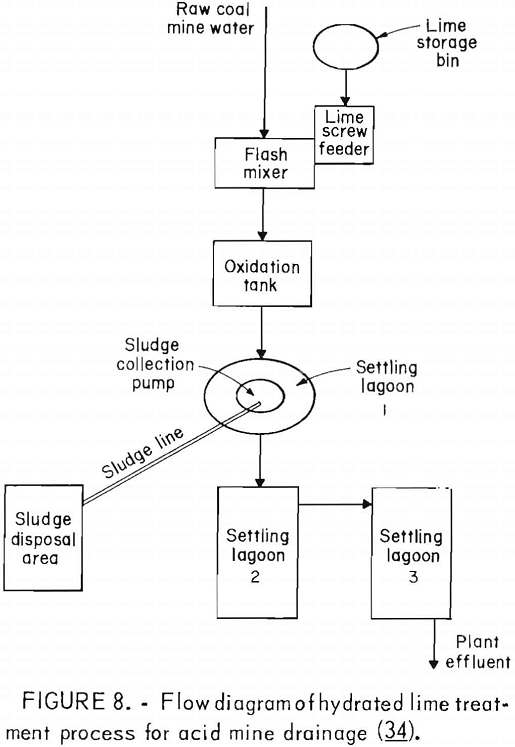
Acid Mine Drainage from underground coal mines and coal refuse piles is one of the most persistent industrial pollution problems in the United States. Pyrite in the coal and overlying strata, when exposed to air and water, oxidizes, producing ferrous ions and sulfuric acid. The ferrous ions are oxidized and produce an hydrated iron oxide […]
Microwave Acid Dissolution of Metal Samples
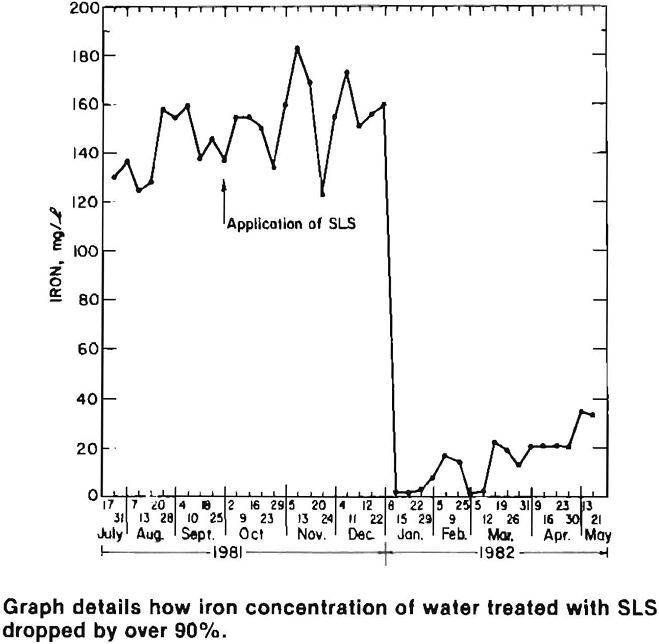
Microwave Acid Dissolution of Metal Samples Objective Reduce or prevent acid mine drainage from coal refuse piles and surface mines by inhibiting the growth of acid- causing bacteria. Approach A dilute surfactant or detergent solution is applied directly to coal refuse piles or overburden using a hydroseeder or road watering truck. The surfactant treatment can […]
Bacterial Sulfate Reduction of Metal Contaminated Water
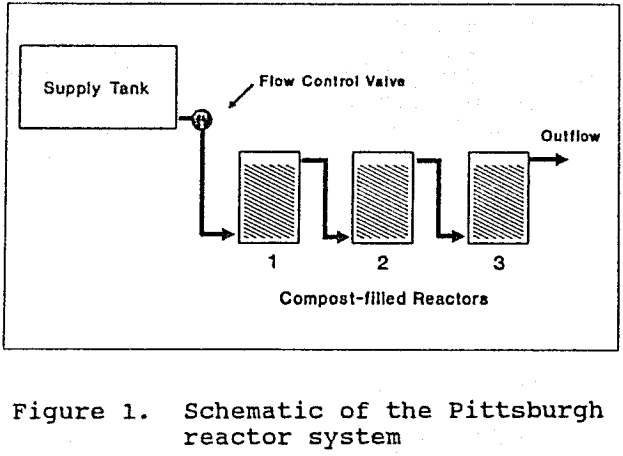
Bacterial sulfate reduction has been identified as one process by which constructed wetland systems remove contaminant metals from coal and metal- mine drainage. Under anaerobic conditions, sulfate-reducing bacteria oxidize simple organic compounds (CH2O) with sulfate, and thereby generate hydrogen sulfide and bicarbonate ions: SO4-² + 2CH2O → H2S + 2HCO3-…………………………………………..(1) Hydrogen sulfide reacts with many contaminant […]
Gold Mill Tailings Restoration
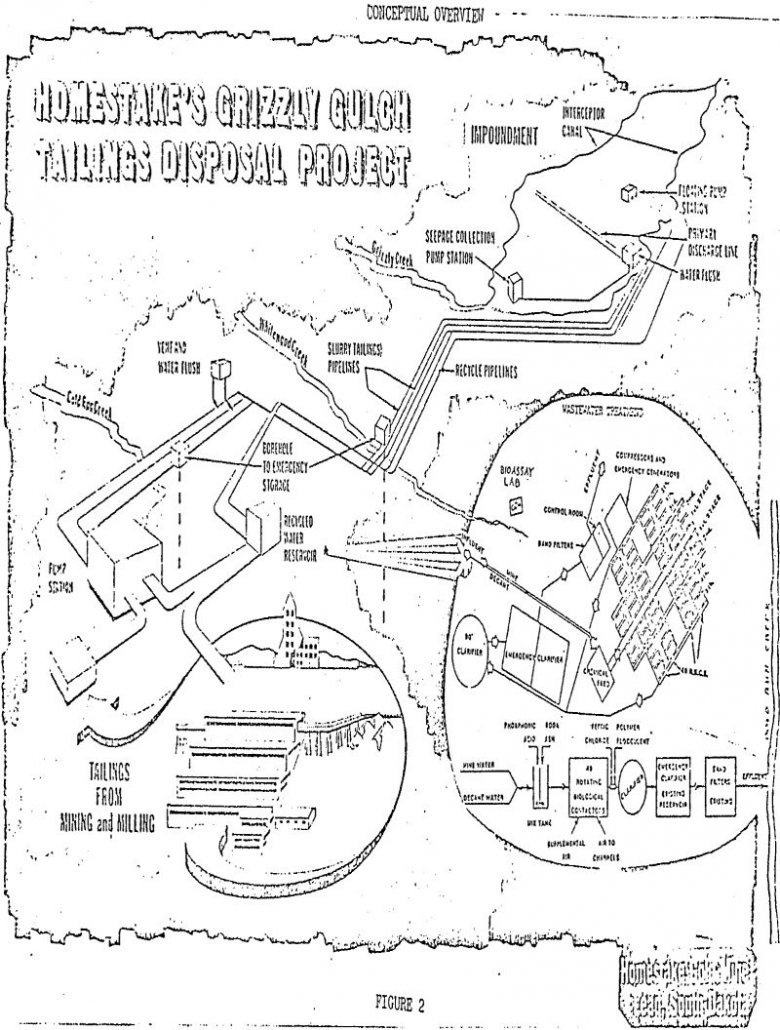
Environmental Setting A basic understanding of the climatic characteristics, geology, surface and groundwater hydrology conditions together with the physical and chemical characteristics of selected mill tailings deposits will aid in understanding the environmental problems associated with tailings disposal and restoration. The Black Hills region is in the mid-latitudes which have a prevailing westernly airflow. The […]
Biological Treatment of Cyanidation Wastewaters
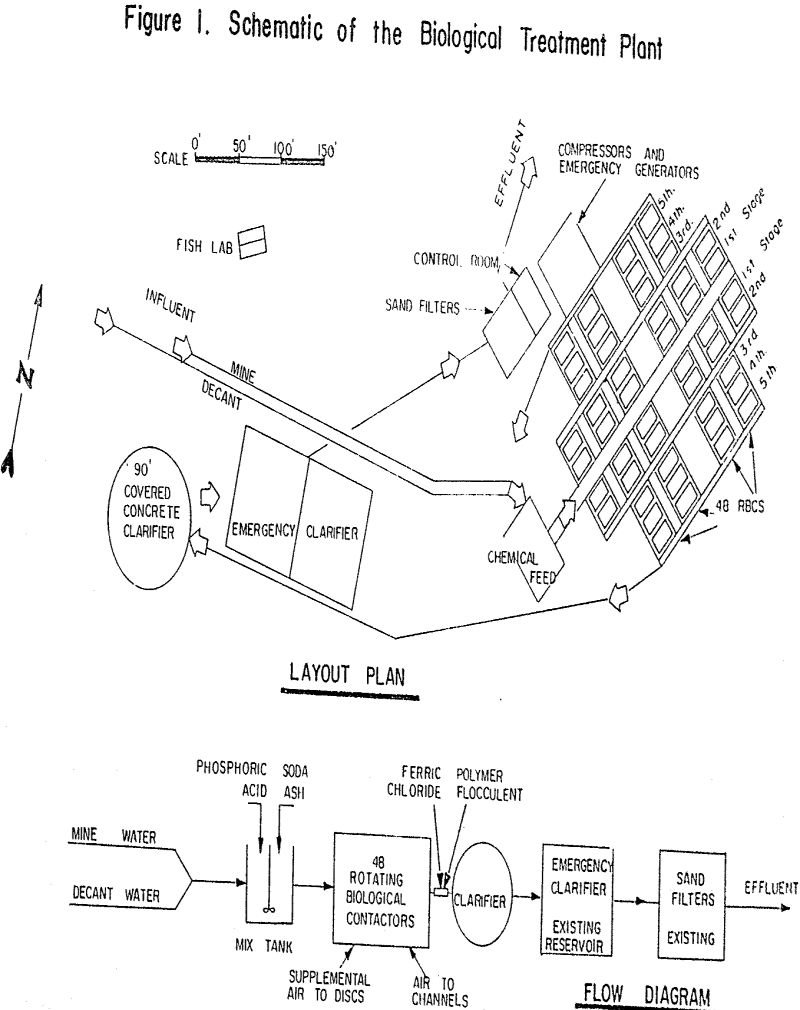
Metal complexed cyanides in wastewaters form as a result of interactions of free cyanide with metals present in the wastewater and exhibit varying degrees of stability, toxicity, and treatability. Thiocyanate, a pollutant commonly found in cyanide bearing wastewaters, is formed through the interaction of free cyanide with sulfur containing species (i.e. pyrrhotite) both present in […]
